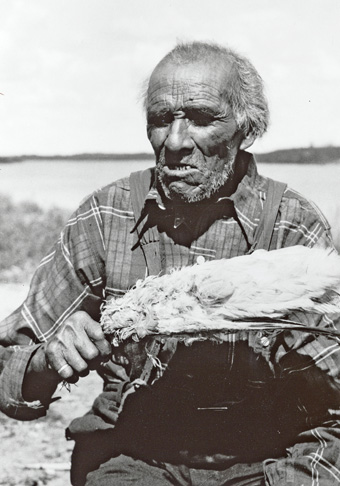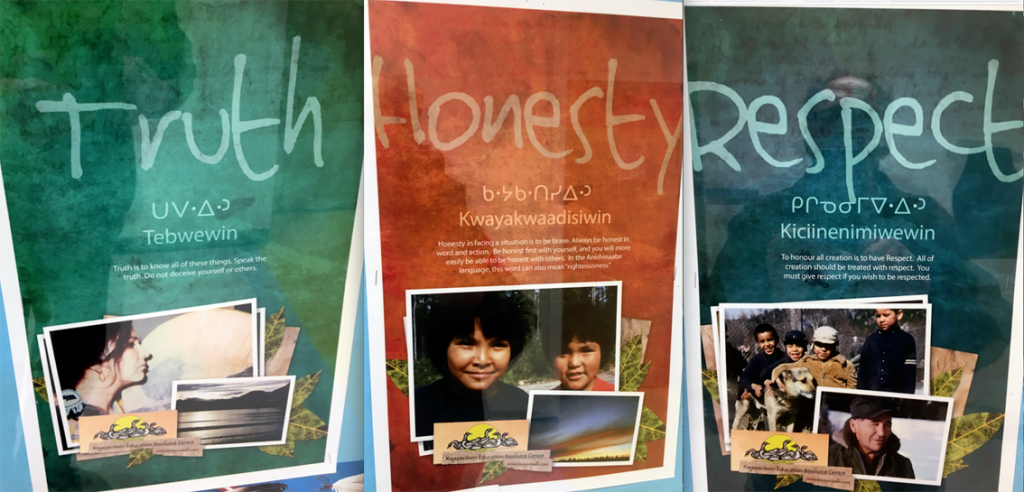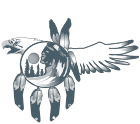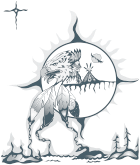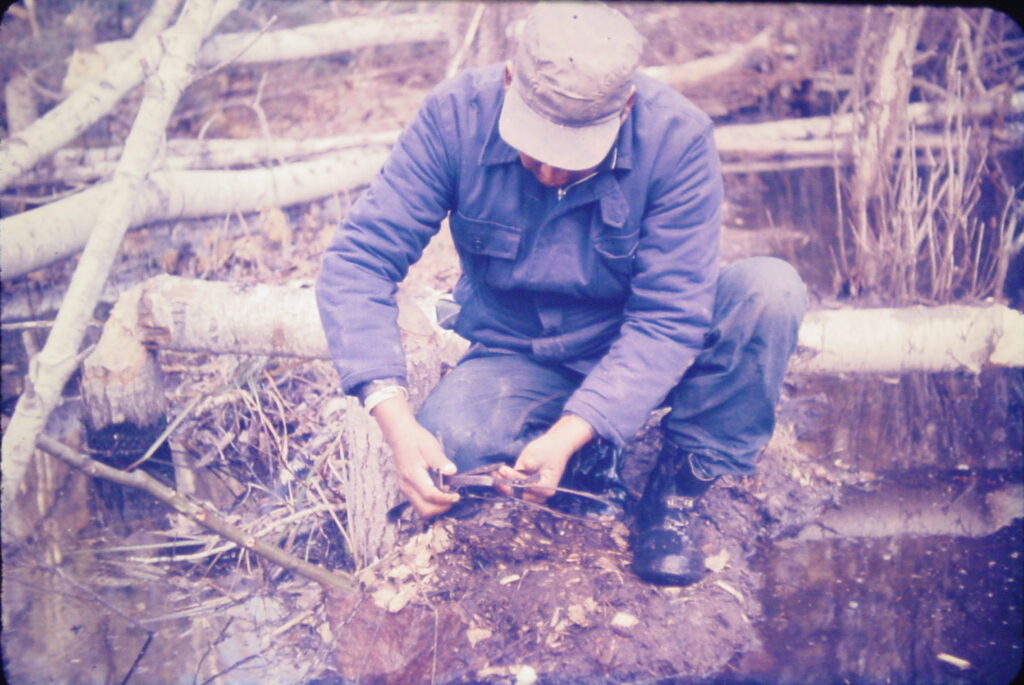
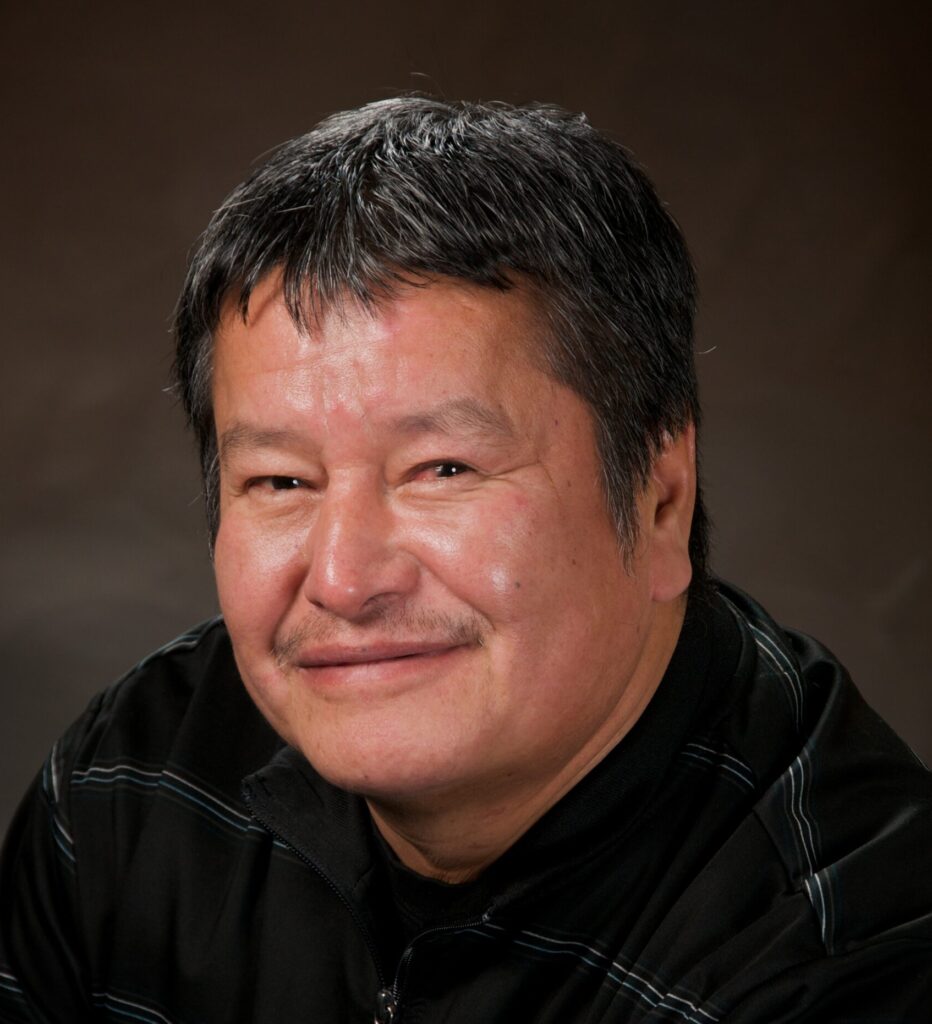
The knowledge and skills that Anishinabeeg have used for thousands of years is passed down through generations. It’s a part of who we are.
“People have the teachings to survive on the land,” says Joe Owen, Pimachiowin Aki board member and knowledge keeper from Pauingassi First Nation.
While people still use the land and waters of Pimachiowin Aki as they have for millennia, modernity has brought changes over the years. Joe recently shared his thoughts about his community and the ways Anishinaabe culture thrives today.
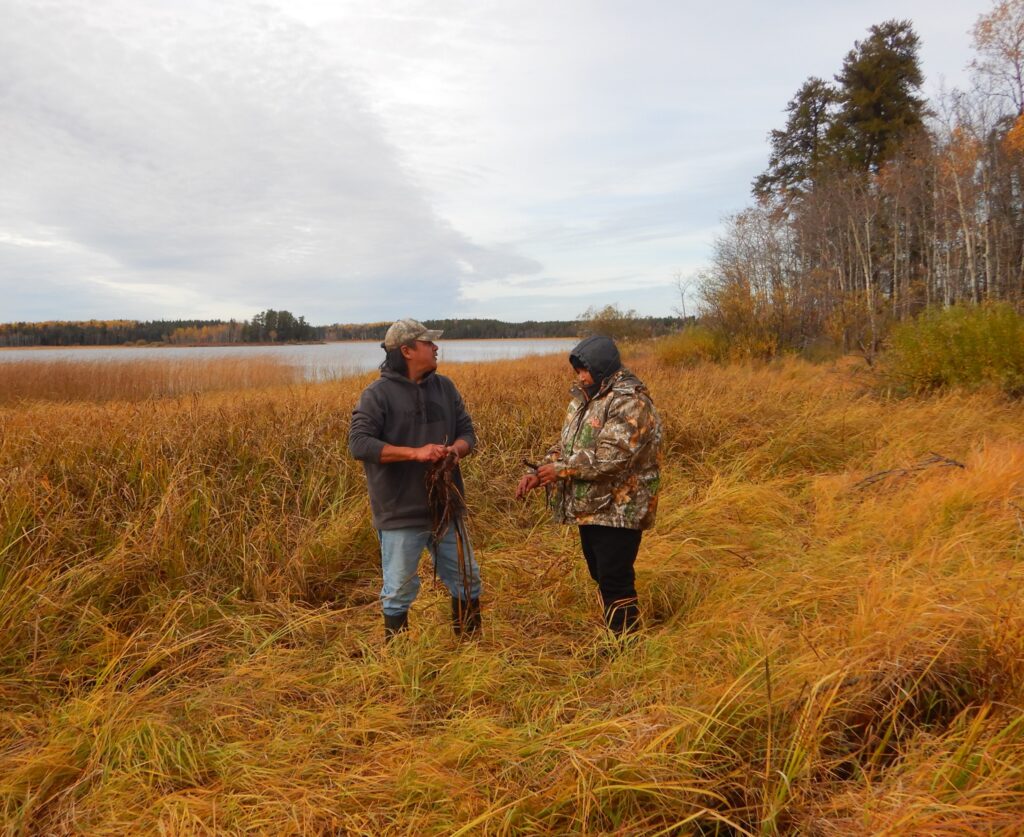
Memories of harvesting plants
“My dad would harvest plants when we were on the trapline. There was a preparation process, and when somebody got sick, there would be medicine ready to use.”
Some medicines were crushed up while others were boiled into a tea or chewed as is. Joe recalls a childhood memory when the pain from a toothache was quickly resolved by chewing on a small plant given to him by his father. “The pain never came back after I took the medicine that my dad gave me,” he says.
“He made an offering and placed the plant close to the fire and dried it. Then he crushed it and gave it to me and told me to put it where it hurts. The pain went away in under 20 minutes.”
Anishinaabeg continue to harvest medicines in Pimachiowin Aki. “People are still using traditional medicines from the land today,” says Joe.
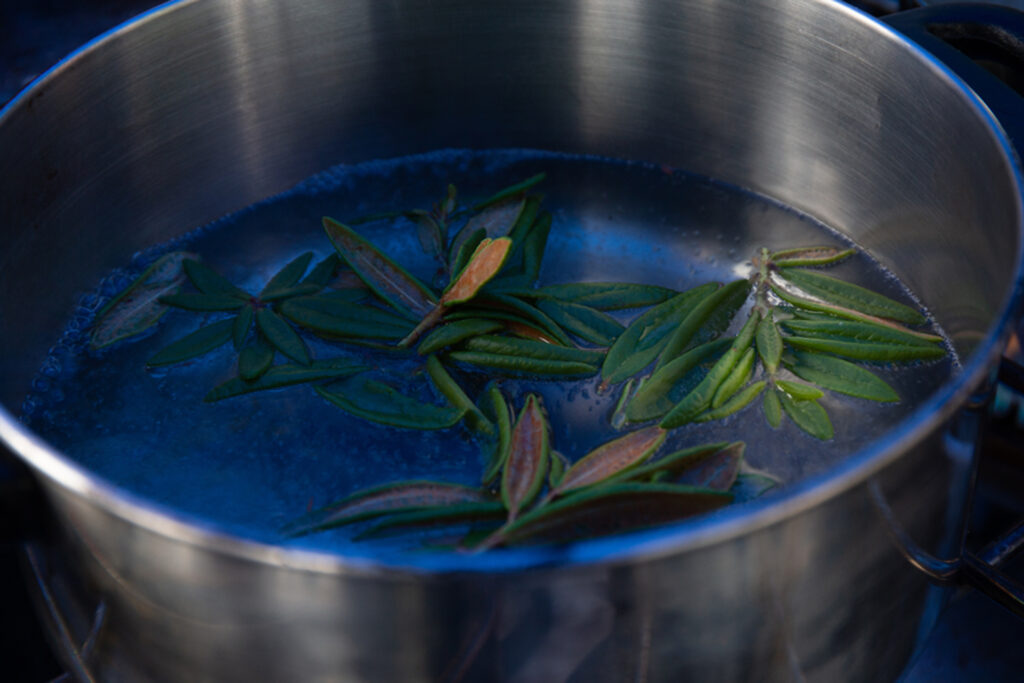
Boreal forest plants are harvested for common uses, such as food, shelter, and medicine. Sage, cedar, weekay, sweet grass, muskeg roots, birchbark and many others can help heal a cut, take away pain or remove negative energy. Medicines are to be respected, so offerings are made in gratitude.

Memories of travel
Means of travel is a big change that Joe has witnessed since he was a small boy. In the past, people traveled mainly by foot, dog sled and canoe. Today, Anishinaabeg travel across Pimachiowin Aki by plane, motorboat, car and snowmobile. Our means of travel has changed but we use the same routes traveled by our ancestors for thousands of years. Through generations, we have maintained these ancient travel routes on land and water to trap, hunt, fish and gather.
Joe notes that portages along many rivers in Ontario and Manitoba are still in use. “People knew where to make the route, and that’s what we still use.”
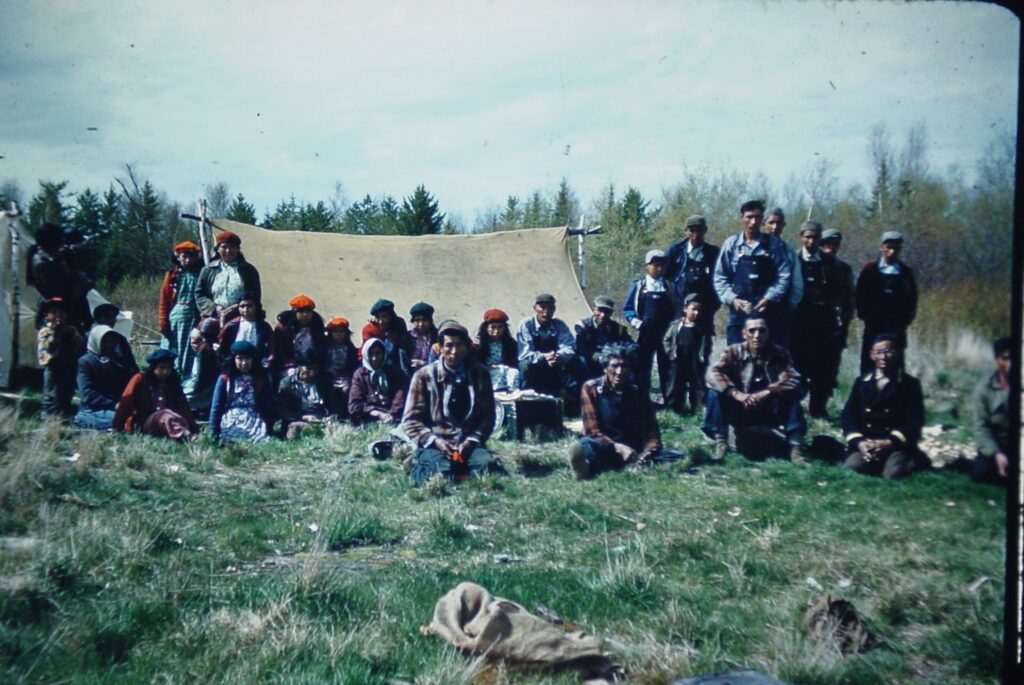
Visiting in Little Grand Rapids
Little Grand Rapids First Nation and Pauingassi shared a single reserve until 1989 when a new reserve was created at Pauingassi. “For a long time, we traveled back and forth to Little Grand Rapids,” recalls Joe. My dad had an older sister in Little Grand, and we visited and would stay a couple days and come back.”
They also traveled back and forth to the store until Pauingassi eventually got its own. “We still network and communicate with Little Grand Rapids,’” Joe explains.
Memories of trapping
When Joe was a child, trapping was one of the only means of survival. People sold dried pelts to the Hudson Bay Company to make money.
Joe recalled that families would be gone for months at a time on their traplines. “At that time, there were families with a head person and helpers, and that’s the way it was for a long time. My dad had partners, and one partner would bring his family, too.”
Families had traplines that could be 10 to 50 miles away from the community. “Our trapline was 30 miles away from [Pauingassi First Nation],” says Joe. Depending on the season, they would walk or travel by canoe.
“They traveled before freeze-up and would return in the springtime. Then, they would go back in the fall and come back to spend Christmas in the community. They would go out in January until later March, and they would go out again and come back in May.”
While many people trap for food and income in Pimachiowin Aki today, they now have more options, says Joe.
“Today it’s much different because we have resources. We have jobs and programs, but [people] still go out hunting, trapping and fishing.” They don’t go out for as long as they used to, he adds.
Today, motorized travel makes seasonal trips quicker. “Some people take a plane. They have a canoe at the trapline to use when they get there,” Joe says.
The animals harvested are varied, as they have been for millennia, and include beaver, muskrat, fisher, otter, mink, weasel, squirrel, lynx, and fox.
His father’s stories
Joe fondly recalls the stories his father would share with him when they were out on the trapline.
“There were lots of stories that my dad would tell us. Stories that were passed down from his dad. Legends that were passed down from generations. Some stories would have a name like Nanabush and Whiskey Jack. They really sounded true and made sense the way they were told.”
Fluctuating wildlife populations
Over the years, Joe has witnessed population changes in a variety of wildlife species in Pauingassi First Nation.
“Before 1980, we never had marten or sable,” he says. “Then all of a sudden, they appeared in our area. In 1985, the population was so huge. Today there are few. The lynx, too,” he adds. “One winter there would be some, but other times there would be few. It’s a pattern for species.”
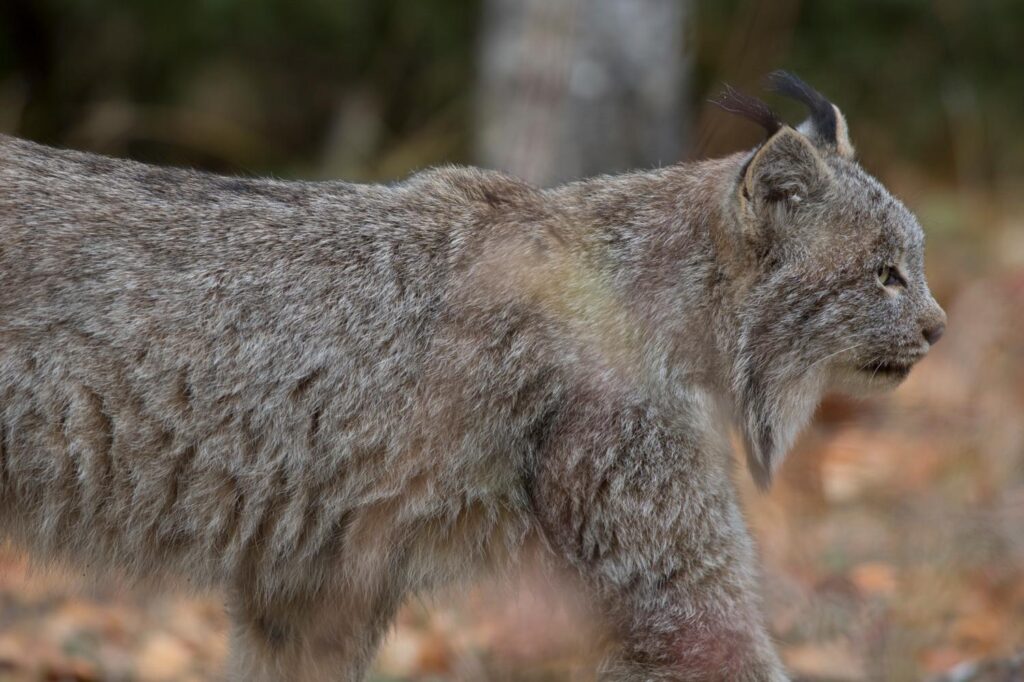
Joe recalled Elders’ stories about wildlife suddenly appearing or disappearing in the area.
“Elders said there were no moose in the community, and then one day, a hunter saw this animal and killed it, and soon enough people said it’s a moose. My dad told me that we didn’t have deer because of a big blizzard that moved the deer out. Deer are not common anymore.”
Joe attributes changes in wildlife populations and behaviour to climate change and forest fire.
“Eagles never came close to the community. Today, they come. They will land on the hydro pole and sit there. And also, the bear comes to the community, and the wolves. To me, they’re looking for food, and they continue to come around. They never did that years ago. The pelicans didn’t come to our area. I’m beginning to see them now.”
Keeping the land
One thing that modern times has not changed in Pimachiowin Aki is the ancient tradition of Ji-ganawendamang Gidakiiminaan (Keeping the land). Anishinaabeg continue to honour the Creator’s gifts and protect the healthy and culturally vibrant Land that Gives Life as our ancestors have for millennia.


